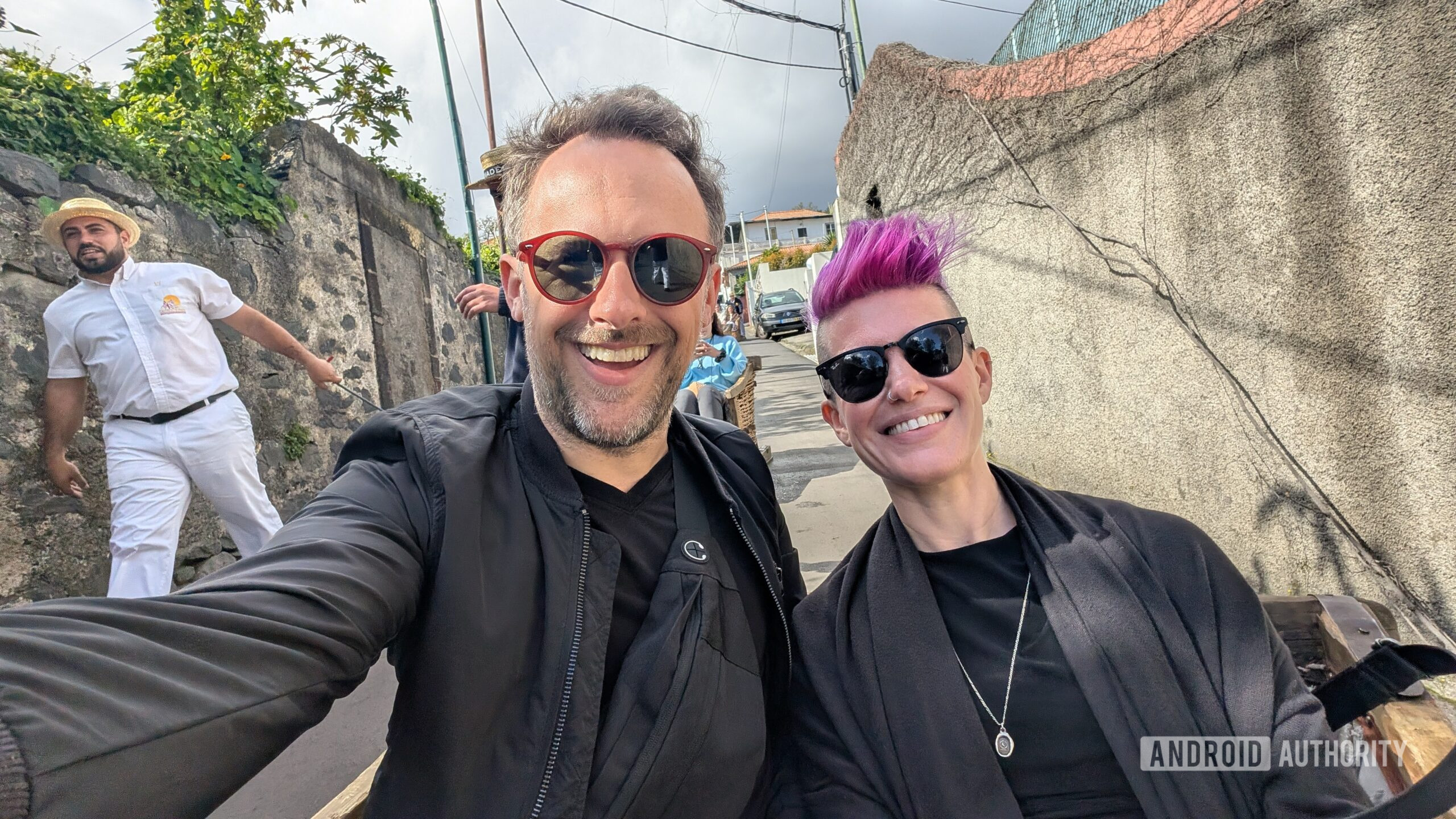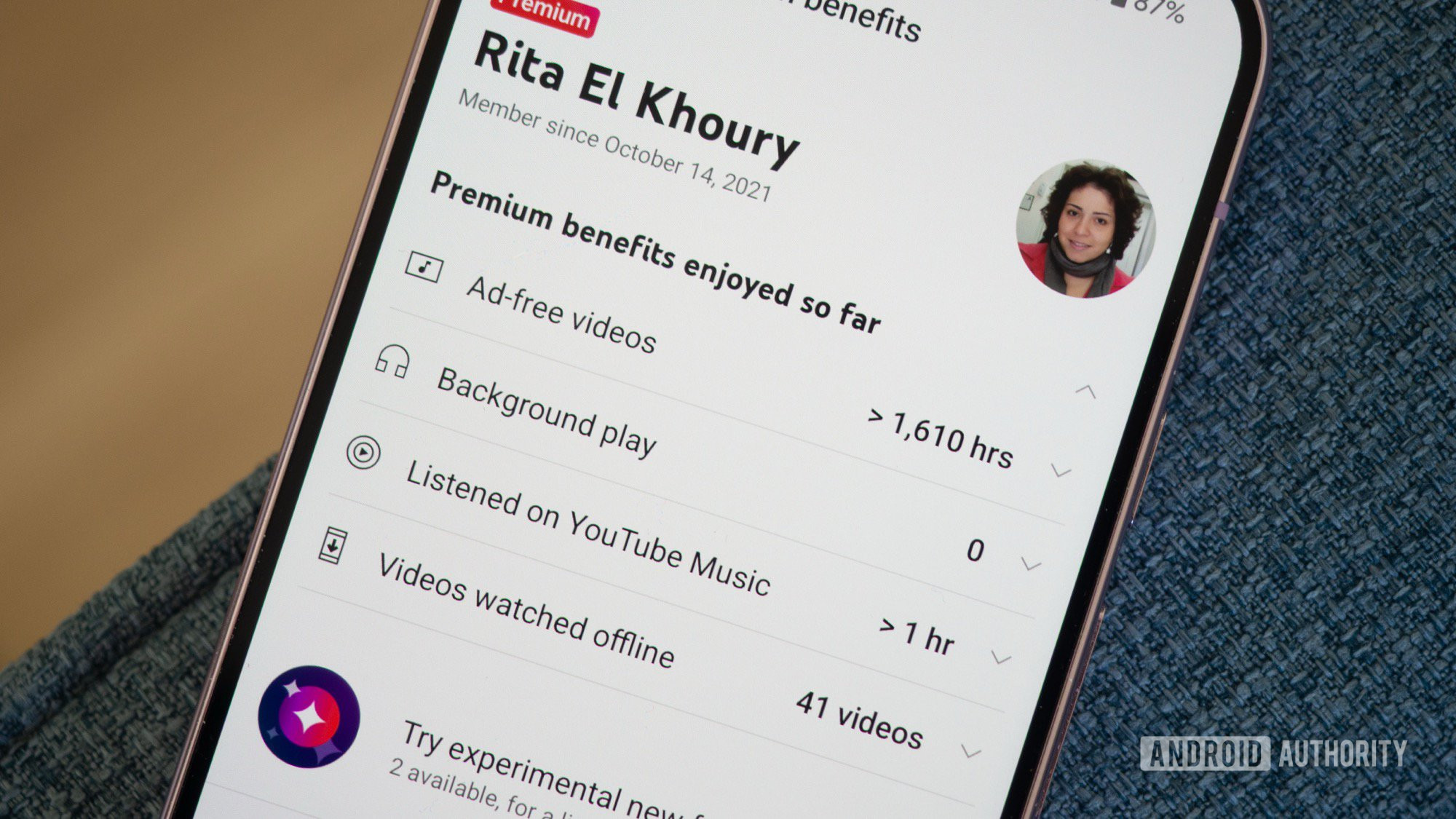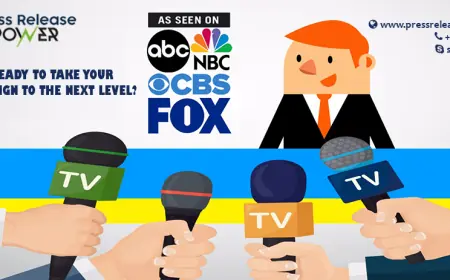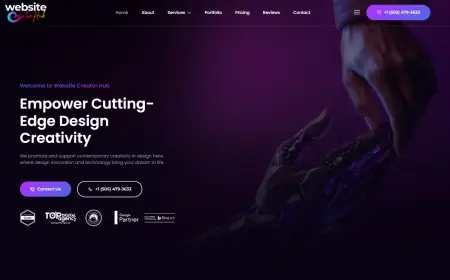Education Campaigns | E-learning Advertising Examples
Education Campaigns
In the digital age, educational institutions and organizations must reach diverse audiences with tailored campaigns. Effective education campaigns can significantly impact student enrollment, brand awareness,7Search PPC, and engagement. This blog will explore how education campaigns can be customized to meet the needs of different audiences using targeted education ads.
Advertise Now!
Understanding Your Audience
Importance of Audience Segmentation
Audience segmentation is the foundation of any successful education campaign. It involves dividing a broad audience into smaller groups based on shared characteristics such as demographics, psychographics, behavior, and needs. By understanding the unique attributes of each segment, educational marketers can craft messages that resonate more deeply with their target audience.
Demographic Segmentation
Demographic segmentation involves categorizing your audience based on variables such as age, gender, income level, education level, and occupation. For example, a campaign targeting high school students will differ significantly from one aimed at working professionals seeking continuing education.
Psychographic Segmentation
Psychographic segmentation considers the lifestyle, interests, values, and personality traits of your audience. Understanding these factors helps in creating personalized messages that appeal to the audience's motivations and preferences.
Behavioral Segmentation
Behavioral segmentation focuses on the actions and behaviors of your audience, such as their online activity, purchasing habits, and engagement with previous campaigns. This type of segmentation helps in predicting future behaviors and tailoring campaigns accordingly.
Creating Audience Personas
Audience personas are fictional representations of your ideal audience segments. They include detailed profiles that encompass demographic, psychographic, and behavioral information. Creating personas helps in visualizing and understanding your audience, making it easier to develop targeted education ads.
Crafting Tailored Education Campaigns
Customizing Content for Different Audiences
High School Students
For high school students, education campaigns should emphasize the benefits of higher education, potential career paths, and the campus experience. Use engaging visuals, student testimonials, and interactive content to capture their attention.
College Students
College students are often interested in internships, job placements, and advanced courses. Highlight these aspects in your campaigns, along with opportunities for research, extracurricular activities, and campus events.
Working Professionals
Working professionals seek flexible learning options, career advancement opportunities, and practical skills. Tailor your campaigns to showcase online courses, evening classes, and certifications that fit their busy schedules.
Utilizing Appropriate Channels
Different audience segments frequent different online platforms. High school students may prefer social media platforms like Instagram and Snapchat while working professionals might be more active on LinkedIn and industry-specific forums. Choose the right channels to ensure your education ads reach the intended audience.
Social Media Marketing
Social media is a powerful tool for reaching various audience segments. Tailor your content to fit the platform and the audience. For example, use Instagram Stories for short, engaging videos targeting high school students, and LinkedIn articles for in-depth content aimed at professionals.
Email Marketing
Email marketing remains effective for reaching older students and professionals. Personalize your emails based on the recipient's interests and behaviors. Include compelling subject lines, informative content, and clear calls to action.
Pay-Per-Click (PPC) Advertising
PPC advertising allows precise targeting based on demographics, interests, and online behavior. Use PPC campaigns to reach specific audience segments with tailored messages. For example, create separate ads for high school students and working professionals, each highlighting relevant benefits.
Measuring Campaign Effectiveness
Key Performance Indicators (KPIs)
To evaluate the success of your online course ads, track key performance indicators (KPIs) such as click-through rates (CTR), conversion rates, and return on investment (ROI). These metrics provide insights into how well your campaigns are performing and where adjustments may be needed.
Click-Through Rates (CTR)
CTR measures the percentage of people who click on your ad after seeing it. A high CTR indicates that your ad is engaging and relevant to the audience.
Conversion Rates
Conversion rates track the percentage of users who complete a desired action, such as filling out a contact form or enrolling in a course. This metric helps in assessing the effectiveness of your campaign in driving desired outcomes.
Return on Investment (ROI)
ROI measures the profitability of your campaign. Calculate ROI by comparing the revenue generated from the campaign to the cost of running it. A positive ROI indicates a successful campaign.
Analyzing Audience Feedback
Collect and analyze feedback from your audience to gain insights into their preferences and needs. Use surveys, social media interactions, and website analytics to gather data. This information can help in refining your campaigns and making them more effective.
Leveraging Data and Analytics
Importance of Data-Driven Decisions
Data and analytics play a crucial role in tailoring education campaigns. By leveraging data, you can gain insights into audience behavior, preferences, and engagement patterns. This information helps in making informed decisions and optimizing your campaigns for better results.
Tools for Data Collection and Analysis
Various tools are available to collect and analyze data. Google Analytics, social media analytics, and CRM systems provide valuable information about your audience's interactions with your campaigns. Use these tools to track performance, identify trends, and understand what resonates with different audience segments.
Personalization Through Data
Personalization is key to effective online class ads. Use data to create personalized experiences for your audience. For example, send personalized emails based on a recipient's interests, or show targeted ads that reflect their previous interactions with your content. Personalization increases engagement and enhances the user experience.
Adapting to Audience Feedback
Gathering Feedback
Gathering feedback from your audience helps in understanding their needs and preferences. Use surveys, focus groups, and social media interactions to collect feedback. Encourage your audience to share their opinions and experiences with your campaigns.
Implementing Changes
Analyze the feedback and identify common themes or issues. Use this information to make necessary adjustments to your campaigns. Whether it's changing the messaging, updating the visuals, or improving the user experience, implementing feedback-driven changes can enhance the effectiveness of your campaigns.
Continuous Improvement
Advertise education should be dynamic and adaptable. Continuously monitor performance and seek feedback from your audience. Use this information to make ongoing improvements and ensure your campaigns remain relevant and effective.
Case Studies and Examples
Successful Campaigns for High School Students
One example of a successful campaign targeting high school students is a series of social media ads promoting a university's open house events. The ads featured engaging visuals, student testimonials, and interactive elements such as quizzes and polls. By tailoring the content to the interests and preferences of high school students, the campaign achieved high engagement and attendance rates.
Campaigns for College Students
A campaign targeting college students highlighted the university's internship programs, research opportunities, and campus life. The campaign used a mix of email marketing, social media ads, and content marketing to reach the audience. By focusing on the aspects that college students value most, the campaign successfully increased applications and enrollments.
Reaching Working Professionals
A successful campaign for working professionals promoted online certification programs and flexible learning options. The campaign utilized LinkedIn ads, email newsletters, and webinars to reach the audience. By addressing the specific needs and challenges of working professionals, the campaign generated a high number of leads and enrollments.
Best Practices for Tailoring Education Campaigns
Understand Your Audience
Conduct thorough research to understand the demographics, psychographics, and behavior of your target audience. Use this information to create detailed audience personas and tailor your campaigns accordingly.
Personalize Your Content
Personalization is key to engaging your audience. Use data and analytics to create personalized experiences, such as targeted ads, personalized emails, and customized content.
Choose the Right Channels
Select the most effective channels for reaching your audience. Different segments prefer different platforms, so tailor your channel strategy to fit the preferences of each audience segment.
Monitor and Adjust
Continuously monitor the performance of your campaigns and gather feedback from your audience. Use this information to make data-driven adjustments and improve the effectiveness of your campaigns.
Leverage Data and Analytics
Use data and analytics tools to gain insights into audience behavior and campaign performance. Make data-driven decisions to optimize your campaigns and achieve better results.
Conclusion
Tailoring Education Advertising to different audiences requires a deep understanding of their unique characteristics and preferences. By segmenting your audience, creating detailed personas, and utilizing appropriate channels, you can craft effective education ads that resonate with each segment. Regularly measure the performance of your campaigns and use audience feedback to refine your strategies. With these approaches, your education campaigns can achieve greater engagement and success.
Frequently Asked Questions (FAQs)
How can I identify the right audience for my education campaigns?
Ans: Identifying the right audience involves conducting thorough market research and using audience segmentation techniques. Create detailed personas based on demographics, psychographics, and behavior to better understand your target audience.
What are some effective channels for reaching high school students?
Ans: High school students are highly active on social media platforms like Instagram, Snapchat, and TikTok. Utilize these platforms to share engaging content, including videos, stories, and interactive posts.
How can I tailor my campaigns for working professionals?
Ans: To tailor campaigns for working professionals, focus on showcasing flexible learning options, career advancement opportunities, and practical skills. Use platforms like LinkedIn and industry-specific forums to reach this audience.
What metrics should I track to measure the success of my education campaigns?
Ans: Key metrics to track include click-through rates (CTR), conversion rates, and return on investment (ROI). These metrics provide insights into the effectiveness of your campaigns and help identify areas for improvement.
How can feedback from my audience improve my campaigns?
Ans: Audience feedback provides valuable insights into their preferences, needs, and pain points. Use surveys, social media interactions, and website analytics to collect feedback and make data-driven adjustments to your campaigns.
What role does content play in education campaigns?
Ans: Content is crucial in education campaigns as it conveys your message and engages your audience. Tailor your content to the interests and needs of different audience segments, using formats like videos, articles, and infographics.
What's Your Reaction?
 Like
0
Like
0
 Dislike
0
Dislike
0
 Love
0
Love
0
 Funny
0
Funny
0
 Angry
0
Angry
0
 Sad
0
Sad
0
 Wow
0
Wow
0




















































